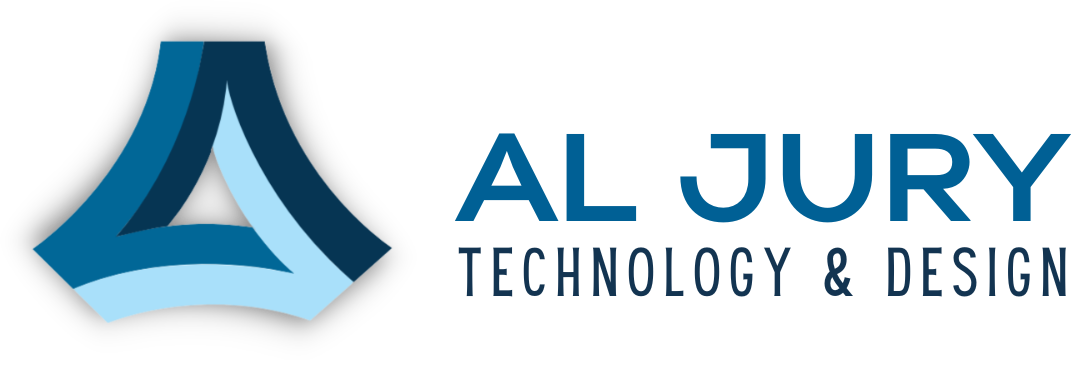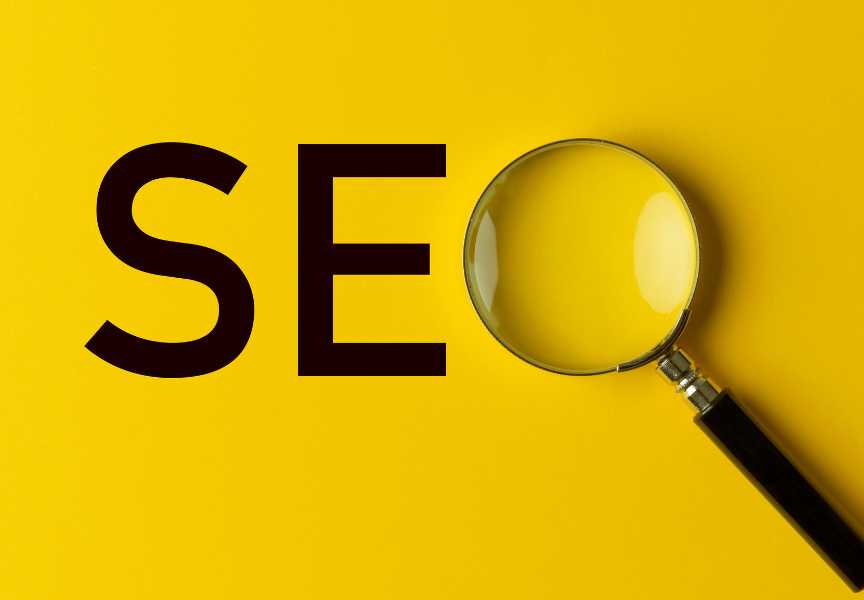The Top 10 On-Page SEO Techniques to Boost Your Rankings
In the highly competitive digital landscape, getting your website to rank higher in search engine results is essential for attracting more organic traffic and driving business growth. On-page SEO is a crucial aspect of search engine optimization that focuses on optimizing your webpages to improve their visibility and relevance to search engines. In this comprehensive guide, we will explore the top 10 on-page SEO techniques that can help boost your rankings and enhance your online presence.
1. Keyword Research:
Begin your on-page SEO journey with thorough keyword research. Use tools like Google Keyword Planner, SEMrush, or Ahrefs to identify relevant keywords with high search volumes. Choose a mix of long-tail and short-tail keywords that align with your content and target audience.
Keyword research lays the foundation for your on-page SEO strategy. By understanding the language and phrases your target audience uses to search for your products or services, you can optimize your content with the right keywords. Incorporate these keywords strategically into your meta tags, headings, and content to signal to search engines what your page is about.
2. Title Tag Optimization:
Craft compelling and keyword-rich title tags for each webpage. Keep the title tags concise, around 50-60 characters, to ensure they display properly in search engine results. Include your main keyword near the beginning of the title for maximum impact.
Title tags are essential elements of on-page SEO. They are the first thing users see in search results, so creating attention-grabbing and relevant titles can increase click-through rates. Search engines also use title tags to understand the topic of your page, so optimizing them with relevant keywords can boost your rankings.
3. Meta Description:
Write unique and engaging meta descriptions for each webpage. Keep the meta descriptions under 160 characters to ensure they don’t get cut off in search results. Include your target keyword and a compelling call-to-action to entice users to click through to your page.
Meta descriptions provide a summary of your webpage’s content in search results. While they don’t directly impact rankings, well-crafted meta descriptions can significantly improve click-through rates. By enticing users with a compelling description, you can increase the likelihood of them visiting your website.
4. Heading Tags (H1, H2, H3):
Use heading tags (H1, H2, H3, etc.) to structure your content and indicate its hierarchy. Place your main keyword in the H1 tag, which represents the main heading of the page. Use H2 and H3 tags for subheadings to organize your content logically.
Heading tags not only make your content more readable but also help search engines understand the structure and context of your webpage. By placing your main keyword in the H1 tag, you are telling search engines the primary topic of your page. Properly structured headings make your content more scannable and user-friendly.
5. URL Structure:
Create SEO-friendly URLs that include your target keyword. Keep the URLs short, descriptive, and easy to read. Avoid using numbers and special characters in your URLs, as they can be confusing to both users and search engines.
A clear and concise URL structure is vital for on-page SEO. Including your target keyword in the URL gives search engines additional context about your page’s content. Short and descriptive URLs are more user-friendly and can also help improve your click-through rates in search results.
6. Optimized Content:
Produce high-quality and valuable content that addresses the needs of your target audience. Use your main keyword and related keywords naturally throughout the content. Aim for comprehensive and in-depth content that provides valuable information to users.
Content is the backbone of on-page SEO. Search engines prioritize content that meets the needs of users and provides valuable information. Use your target keyword and related keywords naturally throughout the content to enhance its relevance to search queries. Aim for comprehensive and well-organized content that keeps users engaged and encourages them to stay on your page.
7. Image Optimization:
Optimize your images by using descriptive file names and alt text that includes relevant keywords. Compress the image files to reduce their size and improve page load times. Properly optimized images can also rank in image search results, driving additional traffic to your website.
Images are essential for engaging users and making your content visually appealing. However, they can also impact page load times if not optimized properly. By using descriptive file names and alt text, you provide additional context to search engines about your images. Compressing image files reduces their size without sacrificing quality, leading to faster page load times.
8. Internal Linking:
Link to other relevant pages within your website using anchor text. Internal linking helps search engines understand the structure of your website and the relationship between different pages. It also helps distribute link authority throughout your site, boosting the rankings of important pages.
Internal linking is an effective on-page SEO technique that helps users navigate your website and search engines understand its hierarchy. By linking to other relevant pages with anchor text, you provide additional context and value to your users. Additionally, internal linking distributes link authority throughout your website, which can improve the rankings of important pages.
9. Use of Rich Snippets:
Implement rich snippets to enhance your search results appearance and provide more information to users. Rich snippets include elements like star ratings, reviews, and product prices, depending on your content type. They can improve click-through rates and user engagement.
Rich snippets are a type of structured data markup that provides additional information to search engines about your content. Depending on the content type, rich snippets can display star ratings, reviews, product prices, and more in search results. By implementing rich snippets, you make your search results more attractive and informative, increasing the likelihood of users clicking through to your page.
10. Mobile Optimization:
Ensure your website is fully optimized for mobile devices, as the majority of internet users now browse on mobile. Use responsive design to adapt your website’s layout to different screen sizes and devices. Mobile optimization is crucial for user experience and can significantly impact your search engine rankings.
Mobile optimization is no longer optional but a necessity for on-page SEO. With mobile users surpassing desktop users, having a mobile-friendly website is essential for providing a seamless user experience. Responsive design automatically adjusts your website’s layout to fit different screen sizes, ensuring users can access your content comfortably on any device. Search engines prioritize mobile-friendly websites, so mobile optimization is a critical factor for improving your search engine rankings.
Al Jury IT – Your On-Page SEO Expert in the Sultanate of Oman
In the competitive digital landscape of the Sultanate of Oman, Al Jury IT stands as the leading expert in on-page SEO services, helping businesses achieve top rankings and online success. With a data-driven approach and a focus on user experience, Al Jury IT empowers businesses to optimize their webpages and attract more organic traffic. Whether you’re a beginner or a seasoned marketer, Al Jury IT provides unparalleled on-page SEO expertise to drive your business towards better rankings and increased visibility.

